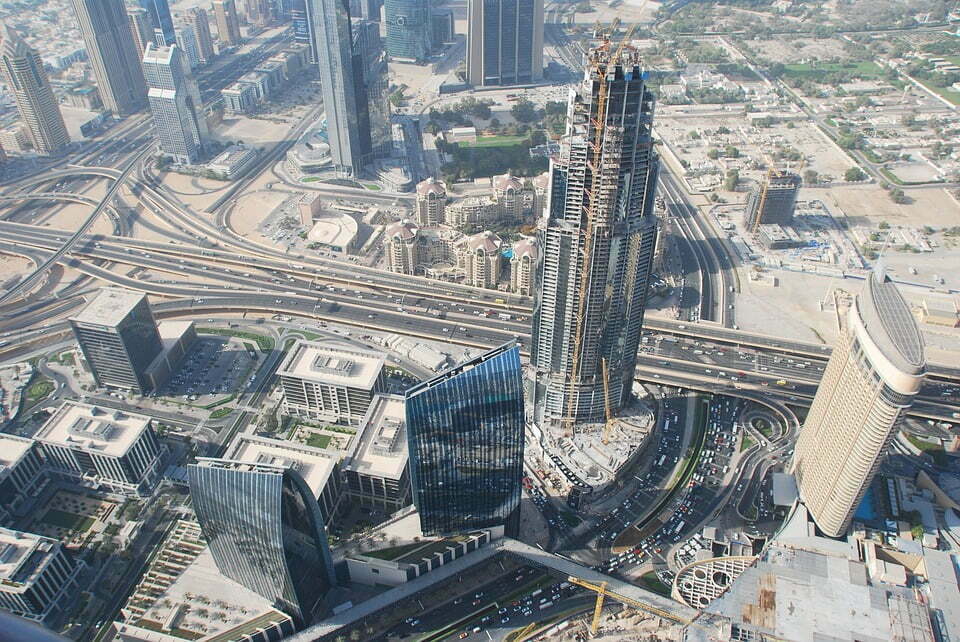Dubai has always been an exciting destination for employment – for Indians as well as the rest of the world. The petro-dollar ensured that the country grew in leaps and bounds, and provided excellent employment and living conditions.
This explains the swanky high-rises, glittering malls and commercial centres sprawling all over the country. Investors with deep pockets have shown market preference to invest in residential projects catering to the luxury segment, thus prompting developers to come up with projects that cater to affluent.
This resulted in a shortage of affordable housing for the service class which is living on rent and cannot afford to buy homes in Dubai. The average household income of service class citizens is between 10,000-30,000 UAE Dirham ($2,720-$8,170). At this income, given the cost of living, they can afford to pay annual rentals of Dh72,000 ($19,600) and maybe to buy a property costing around Dh800,000.

However, as per the UAE mortgage regulations, a prospective buyer needs to deposit 25% of the property’s cost in advance. If a property costs Dh800,000, the buyer needs to deposit Dh200,000, which is not an easy amount for a normal citizen to raise immediately. In the case of off-plan sales, the loan-to-value is 50% maximum, which omeans that a borrower has to pay 50% using his or her own resources in savings, equities or other sources.
The average size of a property in areas like Dubai Marina and Dubai Downtown, where a 2-bedroom apartment sells for approximately Dh4 million.
Even though Dubai’s property prices and rentals have stabilised in the past year or so, they are still higher than two years ago and look set to rise again by 2017, owing to Expo 2020 being hosted by Dubai. Also, developers are currently not investing in building projects catering to the middle-income segment. As per the records till the 3rd quarter of 2015, out of the 19,500 projects launched in the country, a mere 22% meet affordable to middle-income housing criteria, despite the substantial demand in this segment.
The primary reason is the low margins in this segment, compared to the very high margins in high-end properties. Some big developers in Dubai have as much as 50% gross margins in their projects, thanks to government-provided land banks and other tax benefits.

The so-called surge in affordable housing projects development in the past year and a half is not making much of a difference, as these are being sold on freehold title and mainly to investors in bulk. This way, the prices of such properties are subject to market influences and do not necessarily reach the targeted middle-income group.
This has resulted in more and more people moving away from the centre of the city for more the more affordable homes on the fringes. However, it has also led to an increase in rentals in these areas, as well as a longer commute for employees. Also, it has not helped them build the savings required for advance deposits. Sharjah has proved to be an attractive destination where property prices are almost half of those in Dubai, but the long distances and comparatively lower quality of life than in Dubai give pause to most of the working class.
Another factor that has led to a higher demand and lower supply of affordable housing in Dubai is non-compliance with the government’s regulations, one of which categorically states that developers building high-end luxury projects should reserve a certain percentage of the property for mid-housing segment. This rule has largely remained on paper only.
That said, regulators and developers alike realize that the demand for affordable housing in Dubai is escalating. This has resulted in a flexible payment plan, which has met with some success. Under this plan, developers either provide finance to buyers themselves or ensure that buyers pay a fixed monthly amount instead of a huge initial lump sum.
Things may not change overnight, but the fact that demand clearly exists will ensure that more funds flow into affordable housing projects. That said, developers will not compromise when it comes to a minimum profit saturation; being business establishments, they are answerable to their shareholders as well as financiers. Once that is ensured, the supply of affordable housing in Dubai will begin to match the demand more logically.
Source: taazakhabar news





